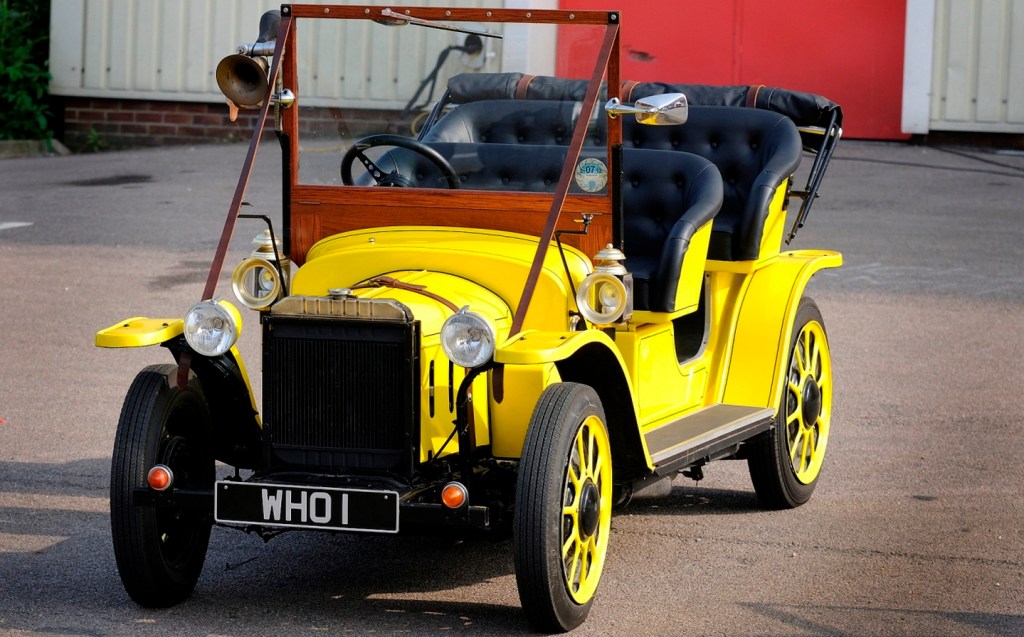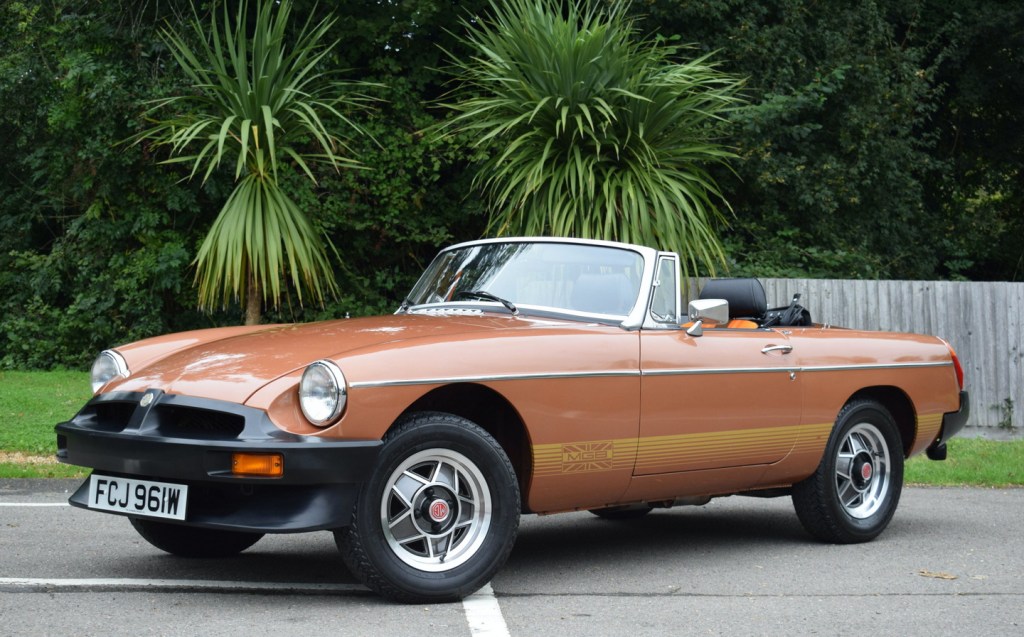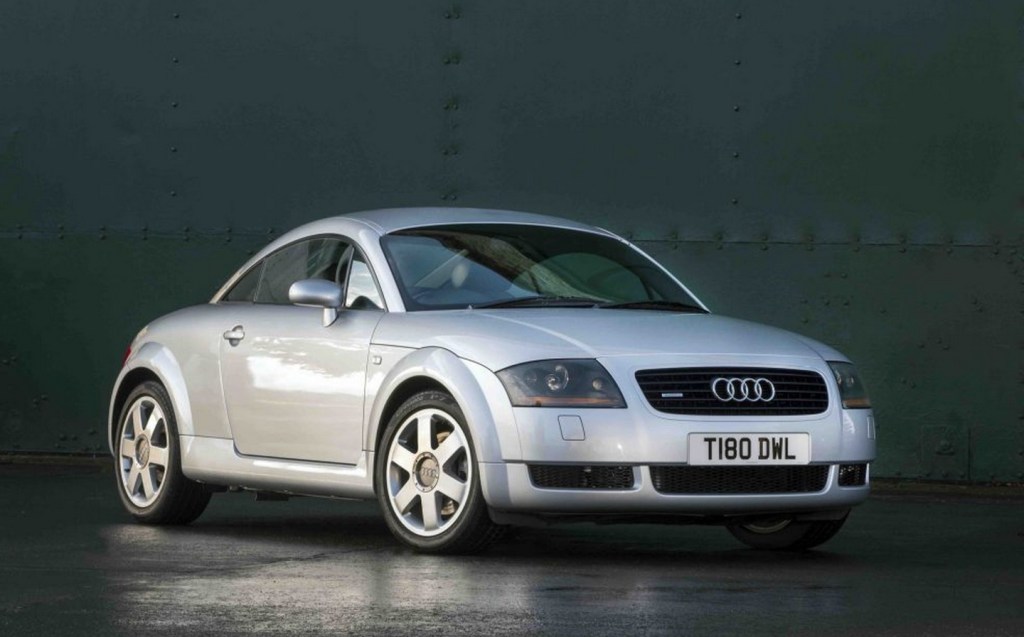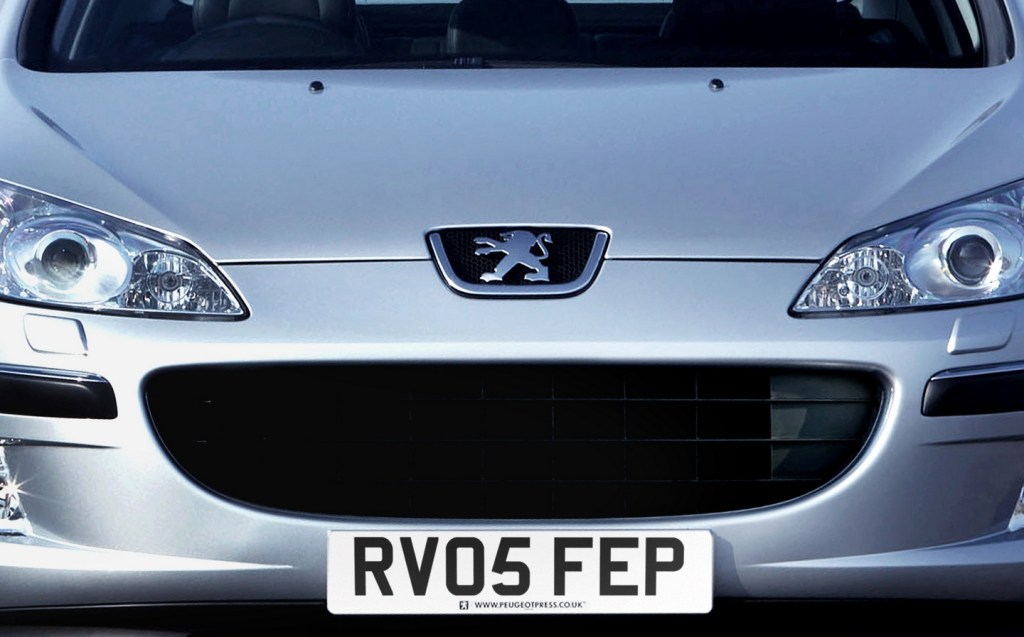What year is my car? UK car number plate years explained
The DVLA’s got your number
If you’ve been trying to work out what year your car was registered, the obvious first place to look is its number plate — also known as registration plates — as they will be linked to a history of the car and have directly indicated the age of the car since the early 1960s.
They date back to the beginning of the 20th century, though; number plates became mandatory on cars in the UK in 1904. It meant that all motor vehicles could be logged in an official register, enabling them to be tracked down in the event of an accident or a crime being committed by its occupants.
While the codes have changed over the years, this basic idea remains the same — making sure each vehicle is recognisable by a unique code, and linked to a registered owner.

History of UK number plates
Although the story goes that the first UK number plate read “A1” and that Earl Russell made his butler queue up overnight to secure it, it actually seems as if the first UK number plate was “DY1”, which was issued in Hastings in November 1903.
The alphanumeric combinations weren’t random, with the letters representing the city or region in which a car was registered, “A” being London, “B” being Lancashire and “C” being Yorkshire West Riding. The letters G, I, S, V and Z were reserved for Scotland and Ireland.
By 1932, with the rise in the popularity of motoring, the authorities were running out of numbers, so they decided to opt for three letters and up to three numbers in the ABC 123 format.
By the 1950s, the problem was beginning to reoccur in some areas, so some local authorities decided to switch around the order and put the numbers first, in the 123 ABC format. The registration plate on the first Mini from 1959, for example, was 621 AOK.

In 1963 a new system was introduced in the format of ABC 123A with the first digit being a serial letter, the second two letters denoting the area of registration, the following three numbers being sequential and the last letter representing the year, the first time UK cars had received such a designator.
Cars registered between January and December of 1963 were marked by the letter “A”; 1964 cars were marked by a “B” and so on. The system changed very slightly in 1967 to iron out peaks and troughs in the sales year with an “E” registration signifying a car registered between January and July of that year; thereafter registration years would run between August and July.
Car number plate years 1963-1982
| Registration year | |
|---|---|
| 1963 | |
| Suffix | A |
| 1964 | |
| Suffix | B |
| 1965 | |
| Suffix | C |
| 1966 | |
| Suffix | D |
| 1967 | |
| Suffix | E |
| 1967 | |
| Suffix | F |
| 1968 | |
| Suffix | G |
| 1969 | |
| Suffix | H |
| 1970 | |
| Suffix | J |
| 1971 | |
| Suffix | K |
| 1972 | |
| Suffix | L |
| 1973 | |
| Suffix | M |
| 1974 | |
| Suffix | N |
| 1975 | |
| Suffix | P |
| 1976 | |
| Suffix | R |
| 1977 | |
| Suffix | S |
| 1978 | |
| Suffix | T |
| 1979 | |
| Suffix | V |
| 1980 | |
| Suffix | W |
| 1981 | |
| Suffix | X |
| 1982 | |
| Suffix | Y |
| Registration year | Suffix |
|---|---|
| 1963 | A |
| 1964 | B |
| 1965 | C |
| 1966 | D |
| 1967 | E |
| 1967 | F |
| 1968 | G |
| 1969 | H |
| 1970 | J |
| 1971 | K |
| 1972 | L |
| 1973 | M |
| 1974 | N |
| 1975 | P |
| 1976 | R |
| 1977 | S |
| 1978 | T |
| 1979 | V |
| 1980 | W |
| 1981 | X |
| 1982 | Y |
Having skipped I, O, Q, U and Z for their similarity to other letters and numbers, by the early 1980s the authorities had run out of letters and had to start again with cars registered between August and July of 1984 once again being designated as “A” reg models.

This time, however, the year designator was moved to the start rather than the end of the number plate so that the format read as A123 ABC.
Car number plate years 1983-2001
| Registration year | |
|---|---|
| 1983 | |
| Prefix | A |
| 1984 | |
| Prefix | B |
| 1985 | |
| Prefix | C |
| 1986 | |
| Prefix | D |
| 1987 | |
| Prefix | E |
| 1988 | |
| Prefix | F |
| 1989 | |
| Prefix | G |
| 1990 | |
| Prefix | H |
| 1991 | |
| Prefix | J |
| 1992 | |
| Prefix | K |
| 1993 | |
| Prefix | L |
| 1994 | |
| Prefix | M |
| 1995 | |
| Prefix | N |
| 1996 | |
| Prefix | P |
| 1997 | |
| Prefix | R |
| 1998 | |
| Prefix | S |
| 1999 | |
| Prefix | T |
| 1999 | |
| Prefix | V |
| 2000 | |
| Prefix | W |
| 2000 | |
| Prefix | X |
| 2001 | |
| Prefix | Y |
| Registration year | Prefix |
|---|---|
| 1983 | A |
| 1984 | B |
| 1985 | C |
| 1986 | D |
| 1987 | E |
| 1988 | F |
| 1989 | G |
| 1990 | H |
| 1991 | J |
| 1992 | K |
| 1993 | L |
| 1994 | M |
| 1995 | N |
| 1996 | P |
| 1997 | R |
| 1998 | S |
| 1999 | T |
| 1999 | V |
| 2000 | W |
| 2000 | X |
| 2001 | Y |
In 2001, having reached “Y” registration plates, the system once again changed, giving us the system we have today.
How to read modern number plates in the UK

The first two letters of the number plate indicate the area where the car was first registered. Each local authority area has its own letter code.
The following letters are the most useful part of the number plate for motorists as they reveal the year of the car. If a car was registered between March and August of a given year, the number plate will, simply enough, reflect that. A car registered in Birmingham between March and August of 2002 may read BD02 or, if from, say, 2004, BD04.
For cars registered between September 2001 and February 2010, all cars registered in the second part of the year, i.e., September to February, received a numerical code beginning with 5 with the second number representing the year. A car registered in Birmingham in November 2002, for example, may read BD52 or, in 2004, BD54.
This was changed with the turn of the decade in 2010, with cars registered between September and February now signified by a 6. A car registered in Birmingham in late 2014 or early 2015 would, thus, read BD64. The same thing happened in 2020 where the second number changed to 7. A car registered, again in Birmingham, in April 2021 would read BD21; if registered in November 2021 or, say, February 2022, it would read BD71.
Following the first code, the second batch of letters are chosen randomly for identification purposes.
Car number plate years 2001-onwards
| Registration year | |
|---|---|
| 2001/02 | |
| Mar – Aug | – |
| Sep – Feb | 51 |
| 2002/03 | |
| Mar – Aug | 02 |
| Sep – Feb | 52 |
| 2003/04 | |
| Mar – Aug | 03 |
| Sep – Feb | 53 |
| 2004/05 | |
| Mar – Aug | 04 |
| Sep – Feb | 54 |
| 2005/06 | |
| Mar – Aug | 05 |
| Sep – Feb | 55 |
| 2006/07 | |
| Mar – Aug | 06 |
| Sep – Feb | 56 |
| 2007/08 | |
| Mar – Aug | 07 |
| Sep – Feb | 57 |
| 2008/09 | |
| Mar – Aug | 08 |
| Sep – Feb | 58 |
| 2009/10 | |
| Mar – Aug | 09 |
| Sep – Feb | 59 |
| 2010/11 | |
| Mar – Aug | 10 |
| Sep – Feb | 60 |
| 2011/12 | |
| Mar – Aug | 11 |
| Sep – Feb | 61 |
| 2012/13 | |
| Mar – Aug | 12 |
| Sep – Feb | 62 |
| 2013/14 | |
| Mar – Aug | 13 |
| Sep – Feb | 63 |
| 2014/15 | |
| Mar – Aug | 14 |
| Sep – Feb | 64 |
| 2015/16 | |
| Mar – Aug | 15 |
| Sep – Feb | 65 |
| 2016/17 | |
| Mar – Aug | 16 |
| Sep – Feb | 66 |
| 2017/18 | |
| Mar – Aug | 17 |
| Sep – Feb | 67 |
| 2018/19 | |
| Mar – Aug | 18 |
| Sep – Feb | 68 |
| 2019/20 | |
| Mar – Aug | 19 |
| Sep – Feb | 69 |
| 2020/21 | |
| Mar – Aug | 20 |
| Sep – Feb | 70 |
| 2021/22 | |
| Mar – Aug | 21 |
| Sep – Feb | 71 |
| 2022/23 | |
| Mar – Aug | 22 |
| Sep – Feb | 72 |
| 2023/24 | |
| Mar – Aug | 23 |
| Sep – Feb | 73 |
| Registration year | Mar – Aug | Sep – Feb |
|---|---|---|
| 2001/02 | – | 51 |
| 2002/03 | 02 | 52 |
| 2003/04 | 03 | 53 |
| 2004/05 | 04 | 54 |
| 2005/06 | 05 | 55 |
| 2006/07 | 06 | 56 |
| 2007/08 | 07 | 57 |
| 2008/09 | 08 | 58 |
| 2009/10 | 09 | 59 |
| 2010/11 | 10 | 60 |
| 2011/12 | 11 | 61 |
| 2012/13 | 12 | 62 |
| 2013/14 | 13 | 63 |
| 2014/15 | 14 | 64 |
| 2015/16 | 15 | 65 |
| 2016/17 | 16 | 66 |
| 2017/18 | 17 | 67 |
| 2018/19 | 18 | 68 |
| 2019/20 | 19 | 69 |
| 2020/21 | 20 | 70 |
| 2021/22 | 21 | 71 |
| 2022/23 | 22 | 72 |
| 2023/24 | 23 | 73 |
Can you put a new plate on an old car?
It is illegal to put a newer plate on an older car in the sense that drivers can’t affix a 2022 plate to their 2015 Nissan Qashqai. But it isn’t illegal to use an older plate on a newer car.
Earl Russell’s “A1” plate that originally adorned a 1903 Napier, for instance, is today thought to be attached to a Mini owned by Coventry businessman, John McDevitt.
What about Northern Ireland?
Number plates in Northern Ireland (which use the ABC 1234 format) don’t provide a dating system like in Britain with the first letter representing a serial number assigned by the licencing authority, the second two letters representing the licencing area with the following four letters being sequential.

That makes Northern Irish number plates, at times, quite desirable as, with Belfast’s “AZ” local area signifier, owners often get combinations like GAZ 1234 or DAZ 1234, both of which can be quite appealing as personalised plates.
Related articles
- If you found UK car number plate years explained interesting, you might also be interested to learn that green number plates may influence one in five to buy an electric car
- I have an unusual private registration plate – how can I find out what cars it’s been registered to?
- And don’t miss 10 of the rudest number plates spotted on Britain’s roads
Latest articles
- testing schedule 2
- test schedule
- F1 driver Lando Norris commissions bespoke open-top Land Rover Defender
- Citroën C3 and e-C3 2024 review: Petrol or electric, bow down before the new king of value cars
- Best-selling cars 2024: The UK’s most popular models
- Fourth-generation BMW 1 Series shows its new face with all-petrol line-up for the UK
- Cupra Tavascan 2024 review: Funky electric SUV continues Spanish brand’s EV roll
- Divine intervention? Trump-supporters’ motorhome destroyed after rolling into telegraph pole
- Extended test: 2023 Vauxhall Astra Sports Tourer GS PHEV












